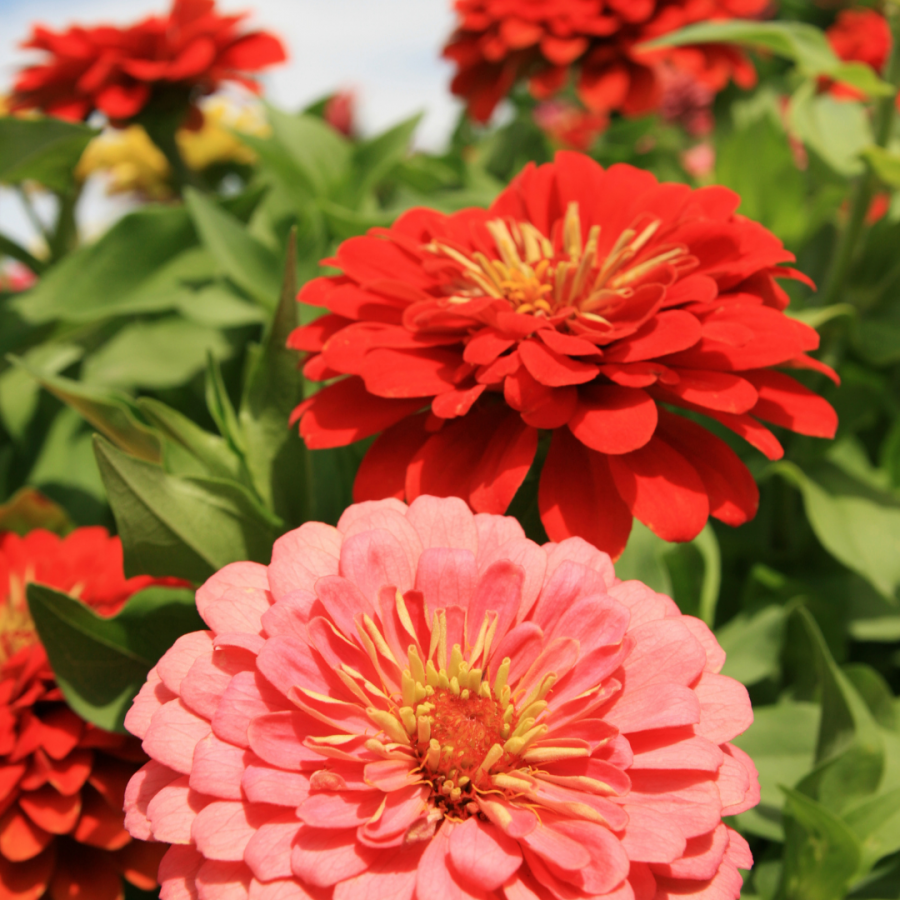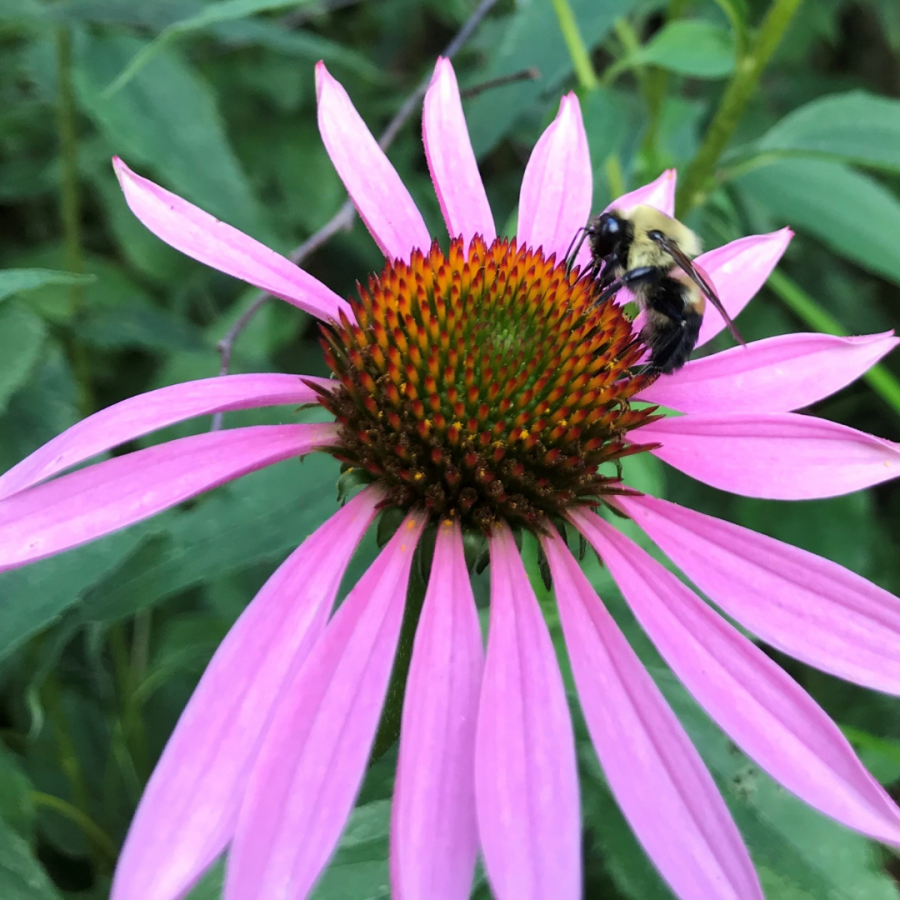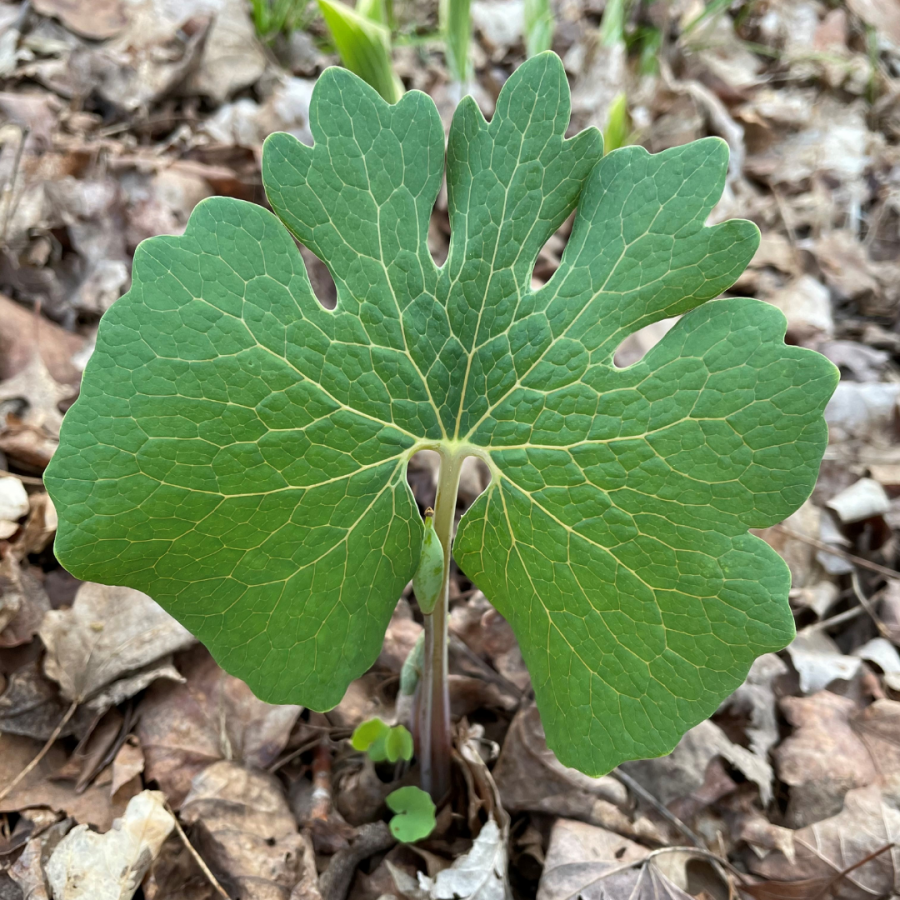Blog
It Starts with a Seed
By Jeff Sperry, Director of Development and Marketing
I guess I was about 11 years old when I asked my parents if I could have a garden in our backyard. Inspired by my grandparents’ enormous vegetable garden on their dairy farm in Chautauqua County, New York, I thought “I can do this at home!”
But it wasn’t the vine-ripened tomatoes and golden yellow sweet corn that I yearned to grow, it was my grandmother’s scattered beds of flowers I wanted to emulate. I was entranced by the brilliant colors of her peonies, German iris, bleeding hearts, poppies, and dinner-plate dahlias with such mesmerizing shades of purples, pinks, reds, oranges, blues, and yellows! What kid doesn’t love a full rainbow of colors?
.png)

So, my dad dug up a three-foot square patch for me to start my gardening adventure and lined it with some miniature, white ‘picket fence’ pieces. A dream come true!
I picked out the most colorful flower seeds I could find at the grocery store—zinnias, marigolds, four-o-clocks and bachelor buttons—and planted them in four straight rows in my very own ‘garden’. What excitement to watch the tiny seedlings pop out of the ground, grow larger and larger, and then explode into magic, flowering wands!
I was hooked.

Over the years, I’ve continued to garden in some form or another—houseplants, container gardening, a small courtyard garden in an urban setting, and large perennial gardens in suburbia. My current garden oasis in a subdivision in Loveland includes a mix of woodland gardens, sunny perennial borders, an herb garden, and tomatoes in pots on the deck.
When I started that small, nine square-foot garden 45+ years ago, ‘natives’ weren’t really part of a gardener’s lexicon. In the last decade or so, the importance of native habitat and incorporating native plants in garden settings has become critical for our native pollinators like the monarch butterfly, native bees, birds, and other wildlife. With the loss of so much natural habitat in our country, home gardeners can support native wildlife through the choices they make in their landscapes and plant selections.

My once child-like fascination with colorful flowers has evolved into an avid appreciation for foliage. Some of our native plants have the most gorgeous leaves! Who can ignore the ginormous leaves of big-leaf magnolias? Unfurling ostrich fern fronds have an alien-like appearance of something sinister rising out of the ground, only to become one of the most graceful plants in moist, woodland settings. The leaves of the early spring bloodroot look like a friendly, giant paw print. Fortunately, the bloodroot’s leaves last much longer than the short-lived flower, whose pristine white petals dribble to the woodland floor after only a couple of days. And the majestic oakleaf hydrangea, which looks amazing in every season, has foliage that turns vivid shades of purple and red in the fall.
.png)
Of course, even with my current focus on the greenery—it’s not ALWAYS about the leaves. A garden full of flamboyant flowers can still stop me in my tracks. Our native Virginia bluebells are blooming now, and a woodland garden full of these beauties is nothing short of heaven.
Join us for our annual Garden Tour: Noteworthy Natives on Saturday, June 26 to see 12 magnificent gardens in the region which incorporate native plants. This year’s tour includes gardens in Amberley, Columbia Tusculum, Loveland, Madisonville, Madeira, and Mason. Order your tickets by June 14 to receive your tour booklet in the mail!